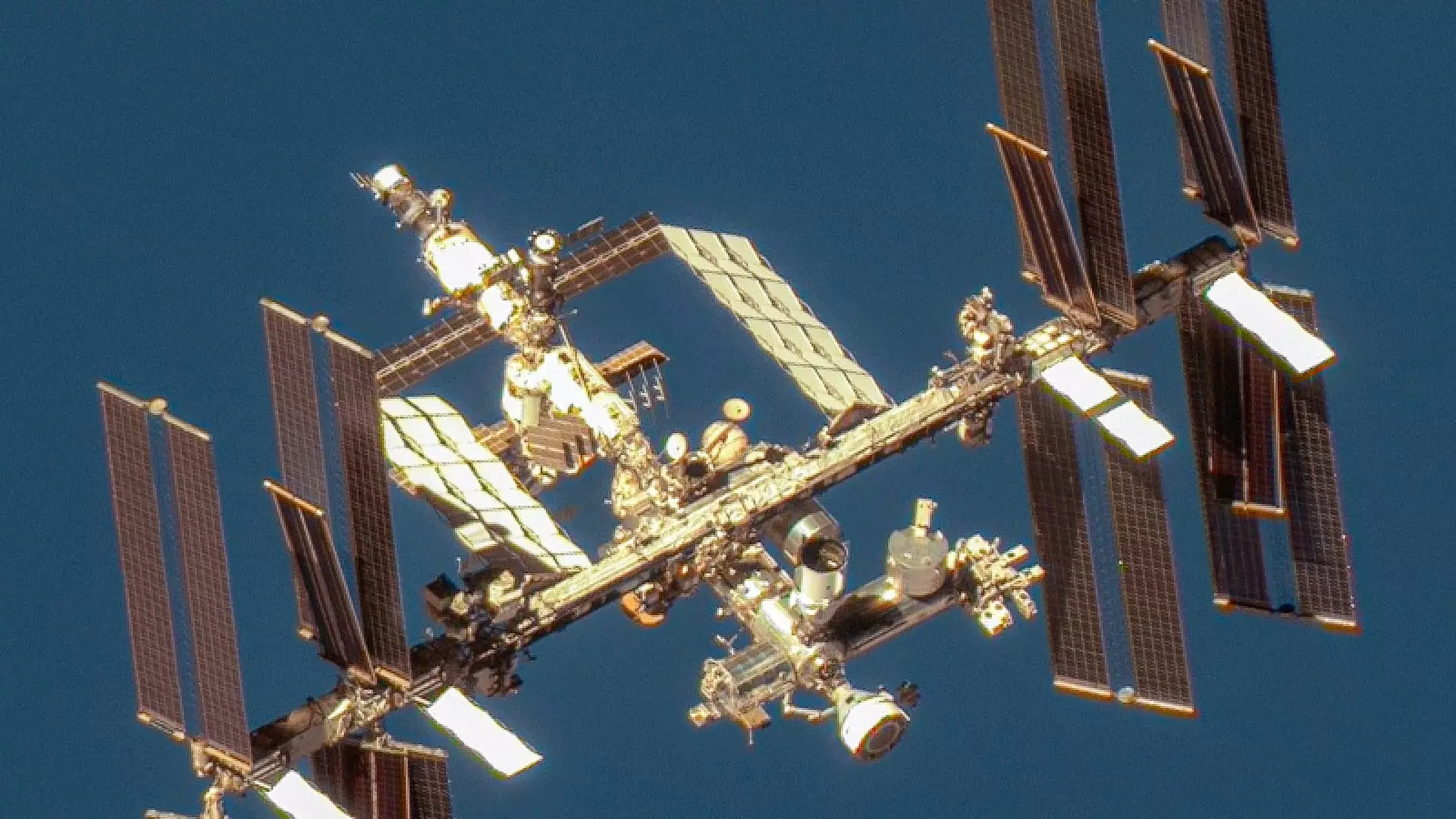Boeing’s Starliner capsule, named “Calypso,” is set to remain at the International Space Station for twice as long as originally planned, NASA announced on Friday. This extended stay is part of the developmental mission known as Boeing’s crew flight test, which involves a series of tests being conducted on the Starliner while it is docked with the ISS. The mission marks the first time the Starliner is carrying crew members, with Butch Wilmore and Suni Williams scheduled to fly the spacecraft back to Earth the following week.
Initially, the plan was for Starliner to be in space for nine days after launching on June 5. However, the current timeline has been adjusted, and Calypso’s mission is now expected to return to Earth on June 22. The spacecraft is set to depart from the ISS at 11:42 p.m. ET on June 21 and land approximately six and a half hours later at 6:26 a.m. ET. This means that the Starliner crew flight test will now last at least 17 days, double the original plan, to allow for further spacecraft testing.
During the extended mission duration, Boeing and NASA will conduct various tests on the Starliner, including operating the capsule’s hatch, firing seven of its thrusters, and checking the cabin air temperature. Additionally, the program’s managers and astronauts will be finalizing departure planning and operations. NASA mentioned that the spacecraft would undergo some “safe haven” testing, although the specific reasons for this testing were not provided.
Despite the successful delivery of Starliner to the ISS, several challenges have arisen during the mission. Before the launch, a single leak in Calypso’s helium propulsion system was identified, but it was deemed stable and not a threat to the capsule’s safety. Since docking with the ISS, the spacecraft has experienced four additional helium leaks. In addition to the helium leaks, an issue with the spacecraft’s propulsion system involving five of the 28 thrusters arose during the docking process. Troubleshooting efforts by Boeing allowed them to recover four malfunctioning thrusters, enabling the spacecraft to dock successfully.
In preparation for the mission’s planned departure, NASA announced that hot fire testing would be conducted before undocking, involving seven of the eight thrusters near the spacecraft’s tail. These hot fires are brief bursts of the thrusters aimed at evaluating their performance. Despite the challenges faced during the mission, Boeing Vice President Mark Nappi expressed confidence in the spacecraft’s remaining margin and time on station.
Initially considered a competitor to SpaceX’s Dragon, Starliner has faced setbacks and delays that have relegated it to a backup position for NASA. With SpaceX’s successful crewed trips to the ISS over the past four years, Boeing’s Starliner is now scheduled for alternating flights with SpaceX to transport astronauts to the ISS.
The extended stay of Boeing’s Starliner capsule “Calypso” at the International Space Station presents both opportunities and challenges for the spacecraft and its crew as they continue to conduct testing and operations during the mission. Despite the hurdles encountered, the collaborative efforts of Boeing, NASA, and the astronauts onboard demonstrate resilience and adaptability in navigating through the complexities of space exploration.

